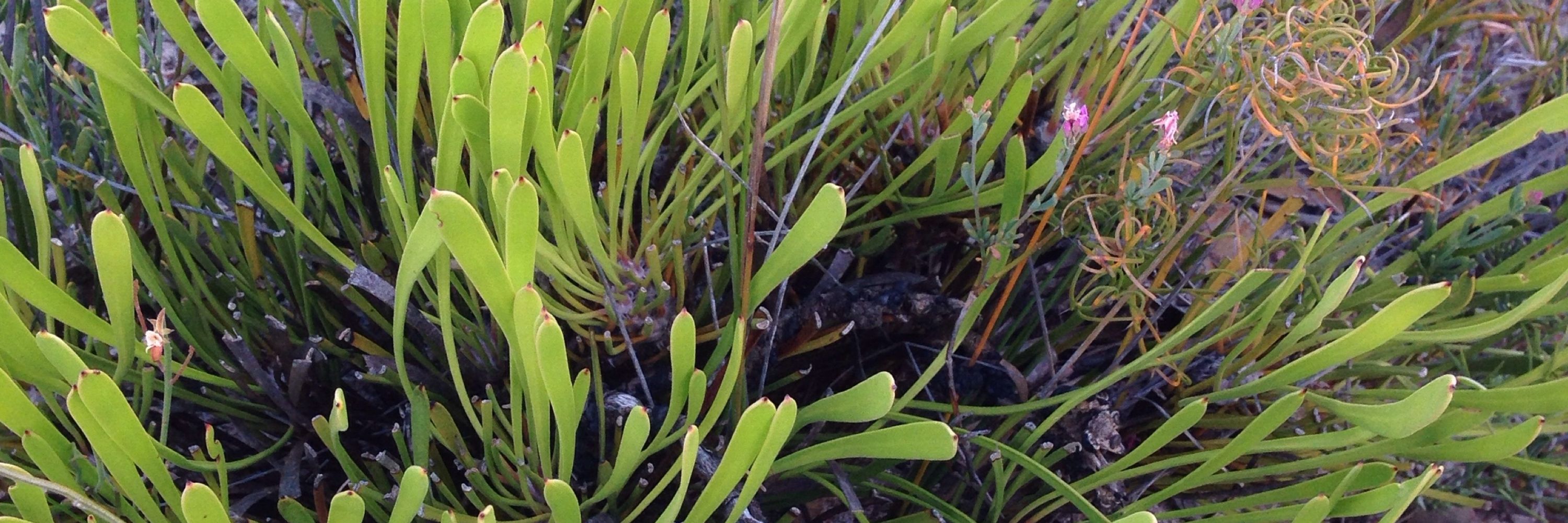



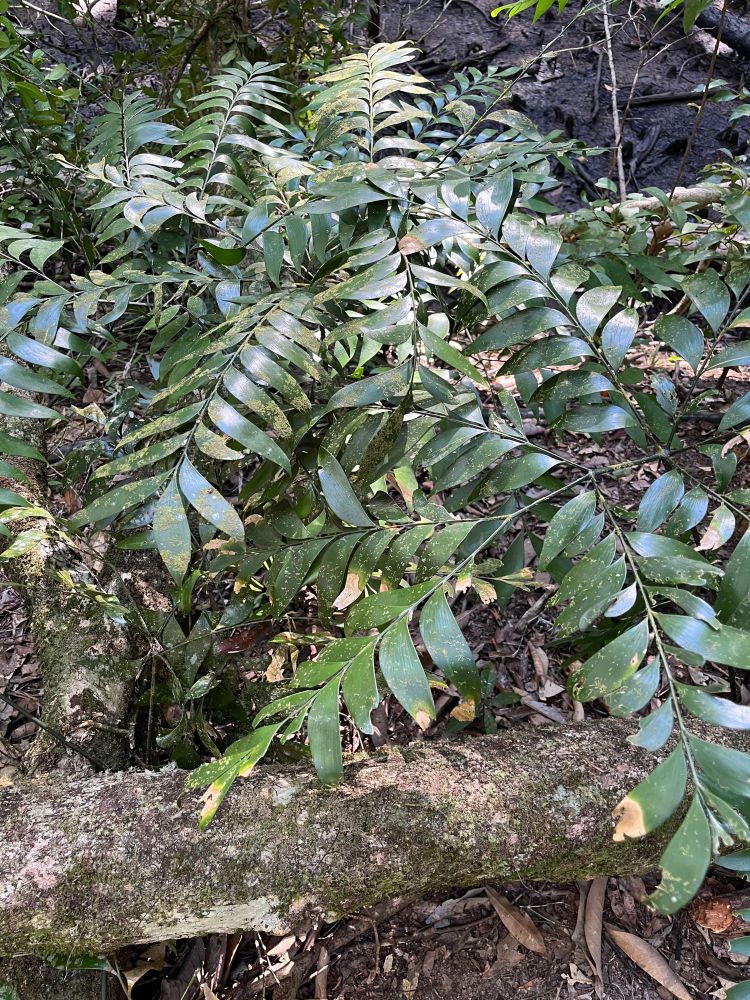
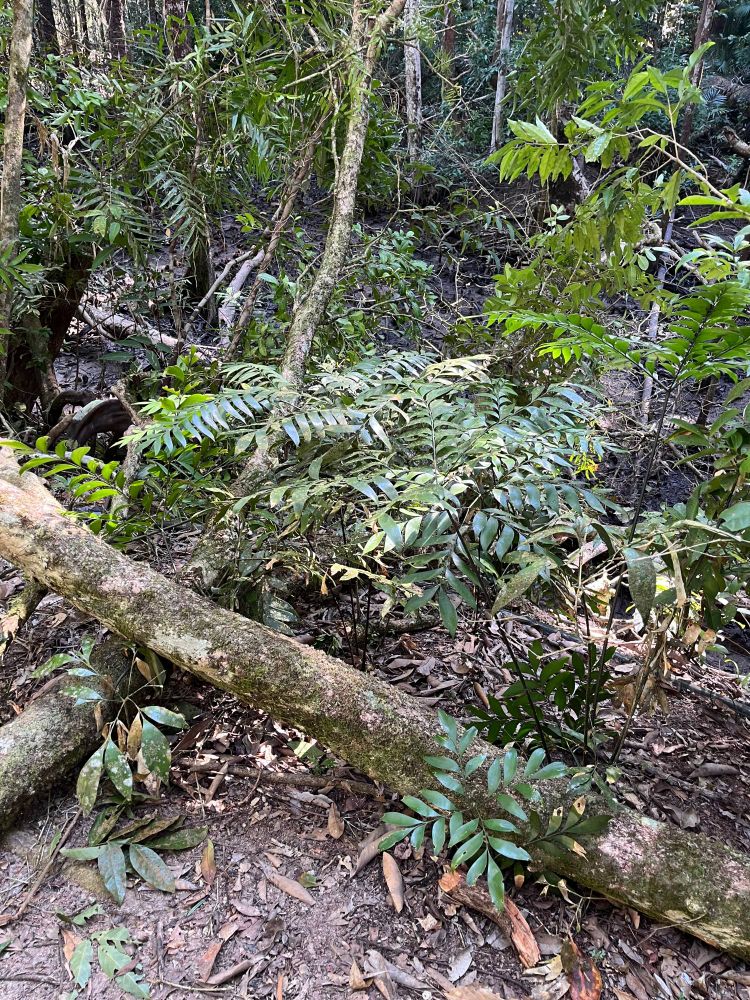
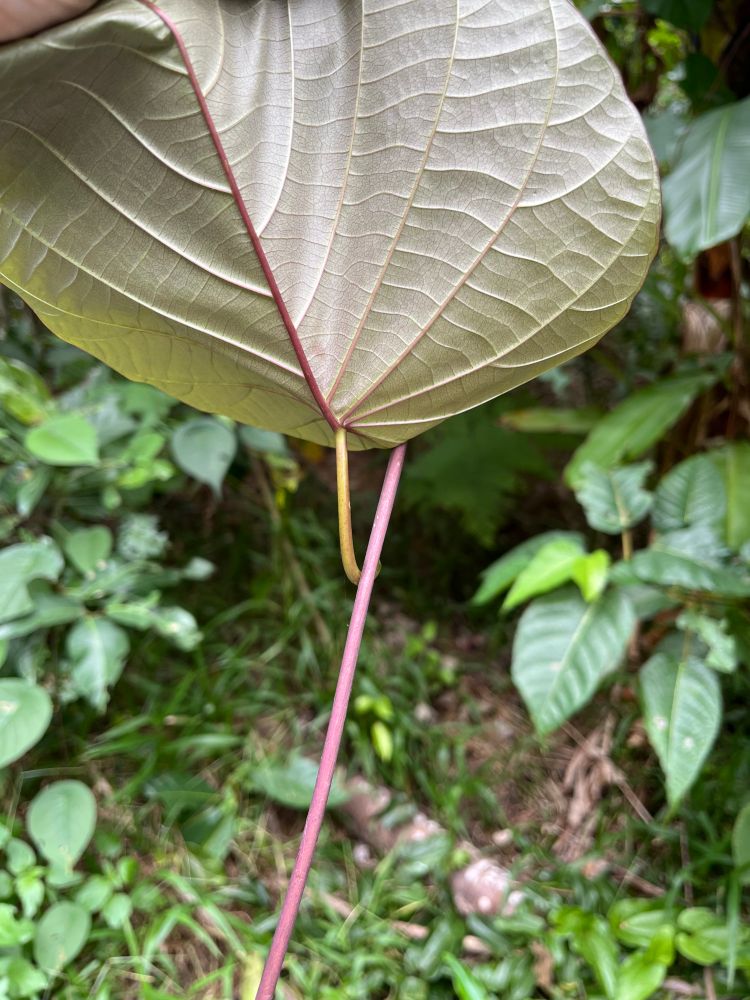
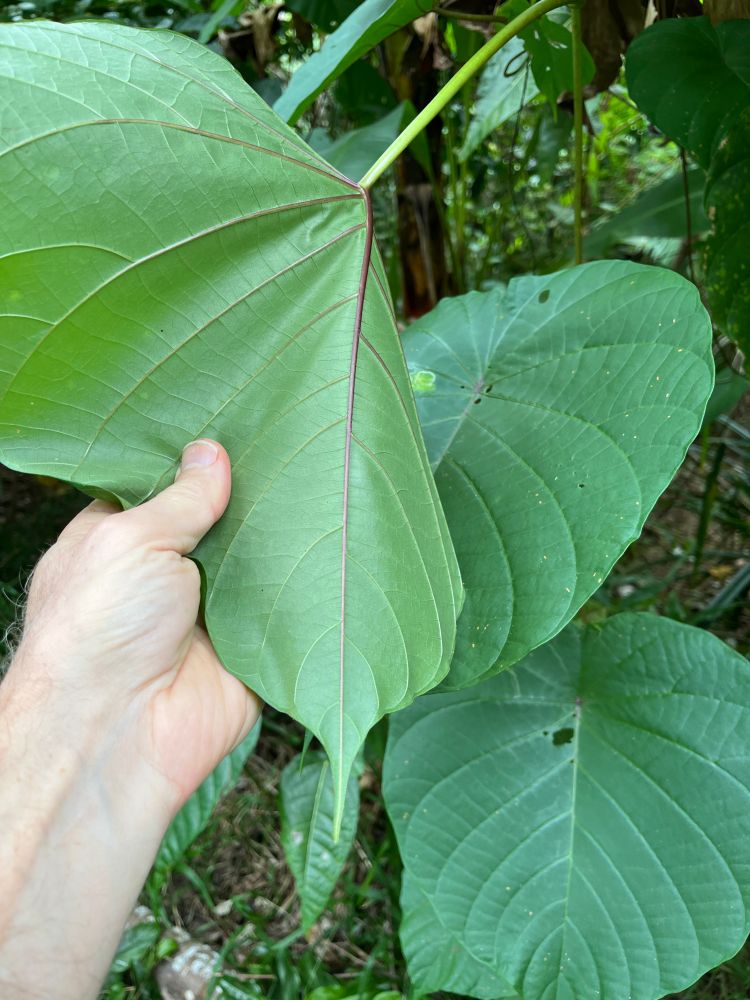

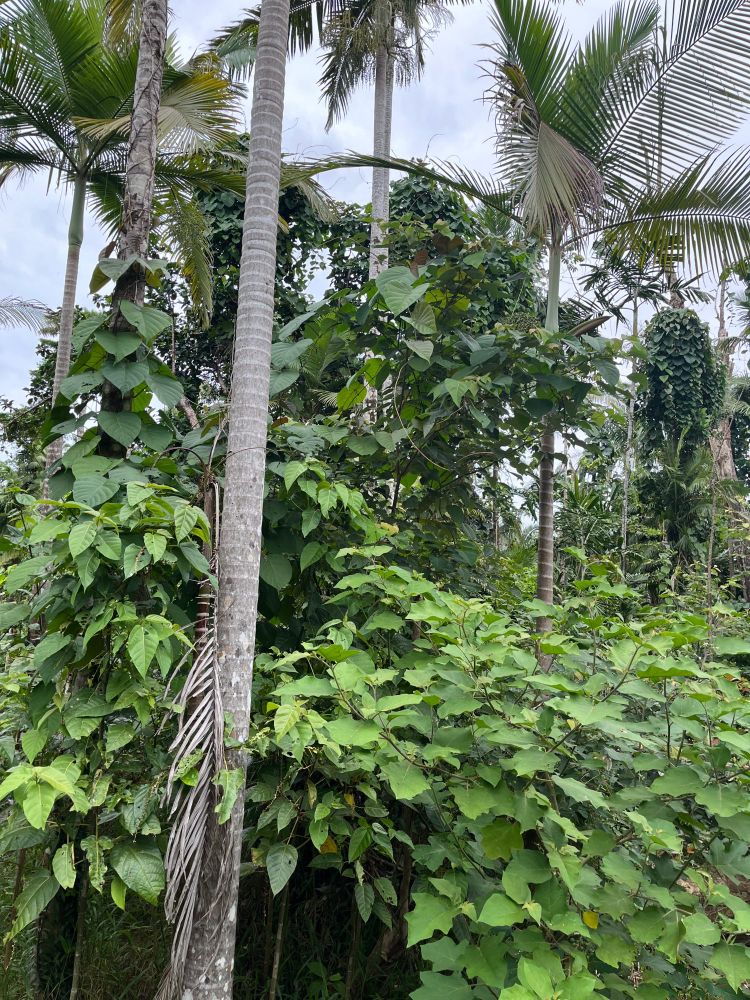







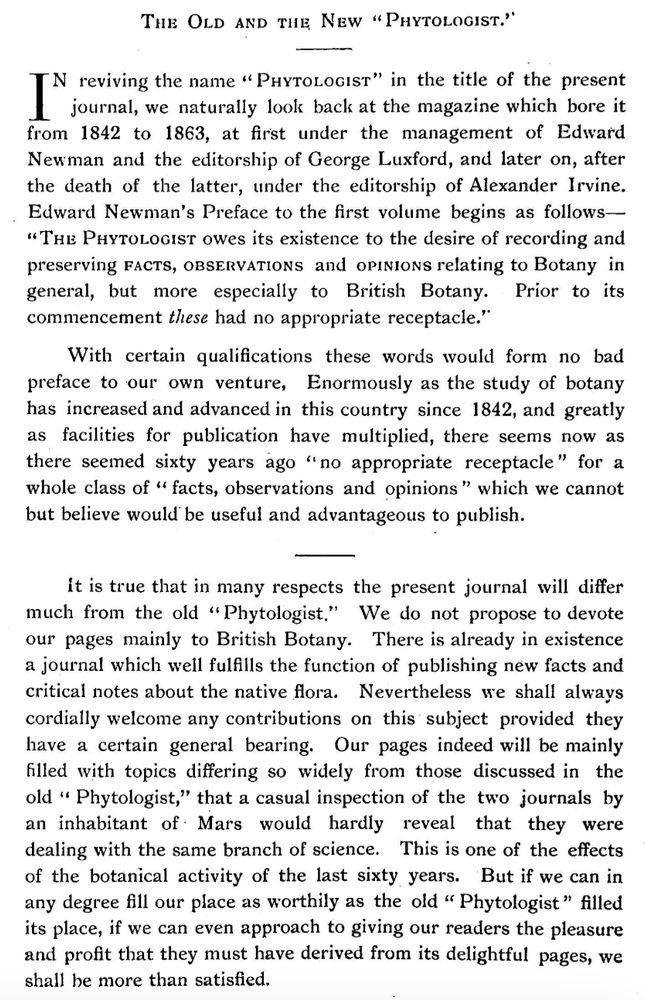


www.publish.csiro.au/bt/Fulltext/...
e.g, who knew there was so much buzz-pollination 2/2 🧪🌾

www.publish.csiro.au/bt/Fulltext/...
e.g, who knew there was so much buzz-pollination 2/2 🧪🌾
(freely available from the WA Royal Society www.rswa.org.au/journal/volu... ) 1/2 🌾🧪

(freely available from the WA Royal Society www.rswa.org.au/journal/volu... ) 1/2 🌾🧪


bsky.app/profile/newy...

bsky.app/profile/newy...


